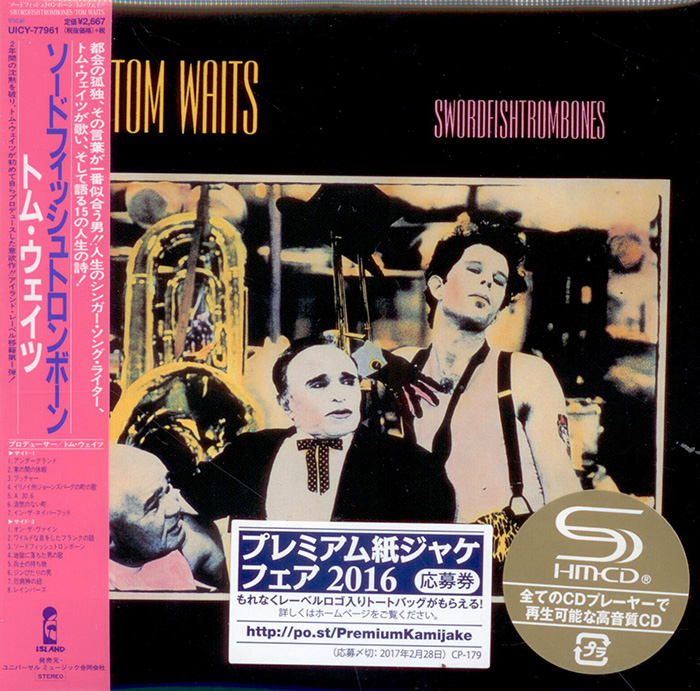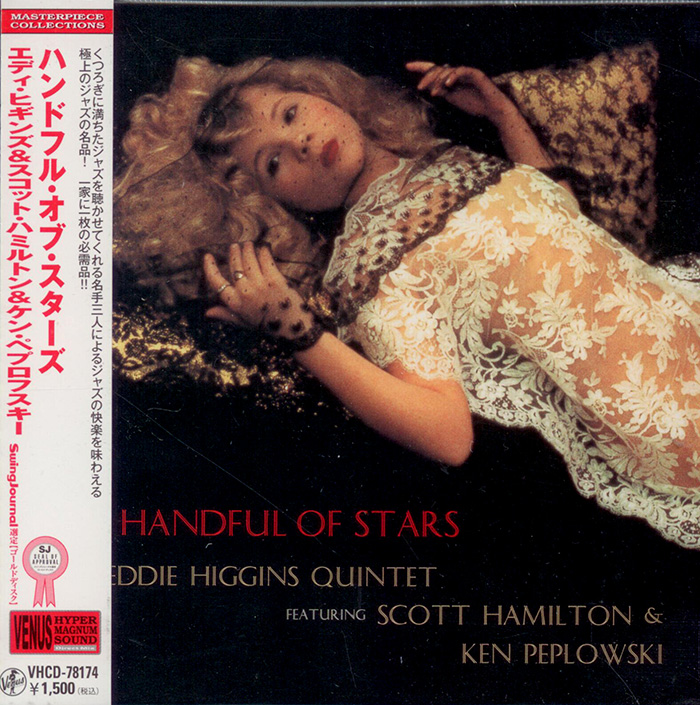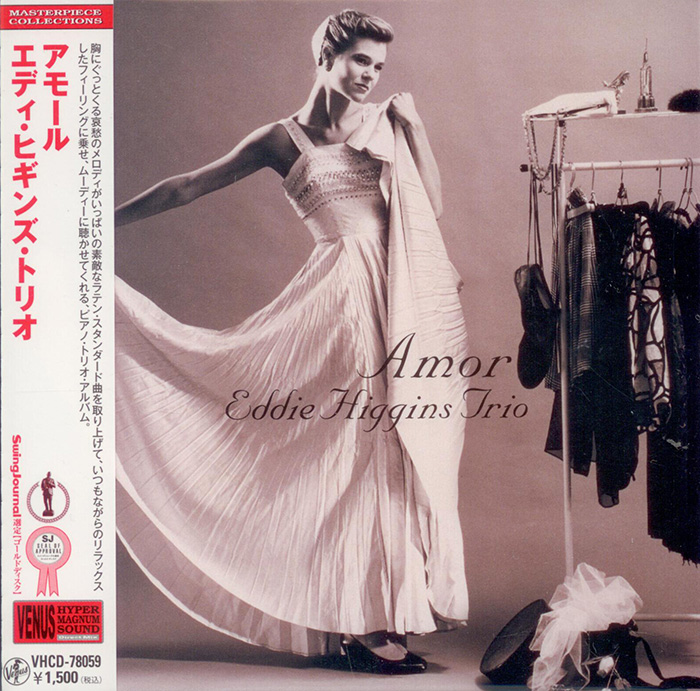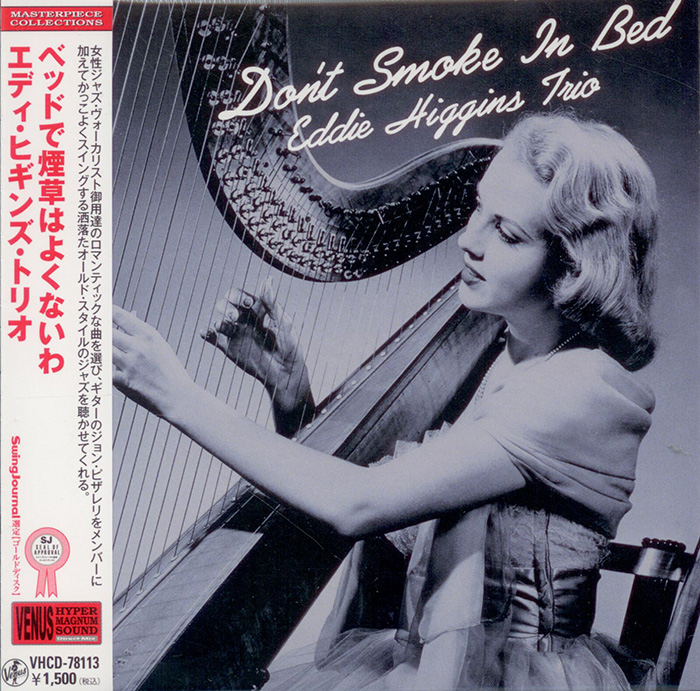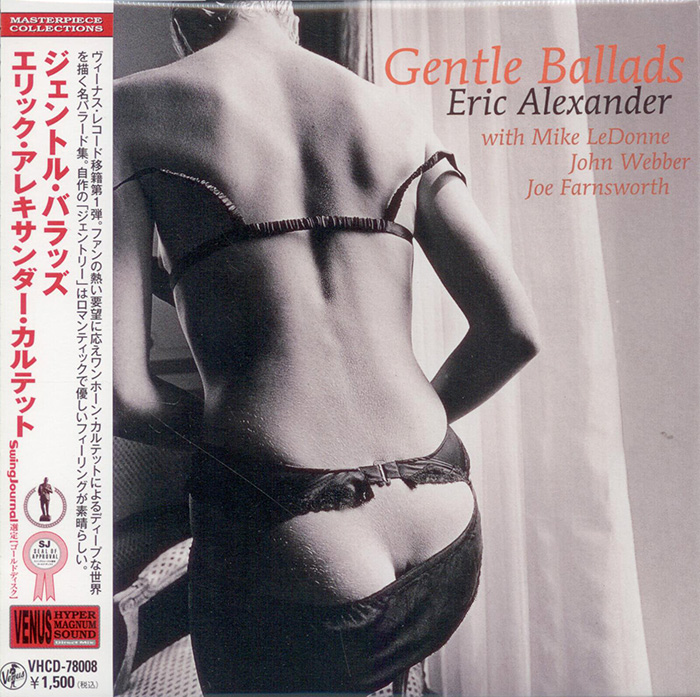Logowanie
Mikołaj - ten to ma gest!
Elton John, The Mamas & The Papas, Cat Stevens, Rod Stewart, Bobbie Gentry, Stevie Wonder, Engelbert Humperdinck
Memory Lane
Edycja Numerowana - 1000 egzemplarzy w skali światowej
RACHMANINOV, Eiji Oue, Minnesota Orchestra
Symphonic Dances / Vocalise
Best Recordings of 2001!!! NAJCZĘŚCIEJ KUPOWANA PŁYTA Z RR!
Karnawał czas zacząć!
Music of Love - Hi-Fi Latin Rhythms
Samba : Music of Celebration
AUDIOPHILE 24BIT RECORDING AND MASTERING
CHOPIN, LISZT, DEBUSSY, DVORAK, Gerhard Oppitz
Dances romantiques - A fantastic Notturno
Wzorcowa jakość audiofilska z Clearaudio
Winylowy niezbędnik
ClearAudio
Double Matrix Professional - Sonic
najbardziej inteligentna i skuteczna pralka do płyt winylowych wszelkiego typu - całkowicie automatyczna
Tom Waits
Swordfishtrombones
- Tom Waits - vocal
Edycja kolekcjonerska, limitowana - kartonik mini LP
AllMusic Review by William Ruhlmann [-]
Between the release of Heartattack and Vine in 1980 and Swordfishtrombones in 1983, Tom Waits got rid of his manager, his producer, and his record company. And he drastically altered a musical approach that had become as dependable as it was unexciting. Swordfishtrombones has none of the strings and much less of the piano work that Waits' previous albums had employed; instead, the dominant sounds on the record were low-pitched horns, bass instruments, and percussion, set in spare, close-miked arrangements (most of them by Waits) that sometimes were better described as "soundscapes." Lyrically, Waits' tales of the drunken and the lovelorn have been replaced by surreal accounts of people who burned down their homes and of Australian towns bypassed by the railroad -- a world (not just a neighborhood) of misfits now have his attention. The music can be primitive, moving to odd time signatures, while Waits alternately howls and wheezes in his gravelly bass voice. He seems to have moved on from Hoagy Carmichael and Louis Armstrong to Kurt Weill and Howlin' Wolf (as impersonated by Captain Beefheart). Waits seems to have had trouble interesting a record label in the album, which was cut 13 months before it was released, but when it appeared, rock critics predictably raved: after all, it sounded weird and it didn't have a chance of selling. Actually, it did make the bottom of the best-seller charts, like most of Waits' albums, and now that he was with a label based in Europe, even charted there. Artistically, Swordfishtrombones marked an evolution of which Waits had not seemed capable (though there were hints of this sound on his last two Asylum albums), and in career terms it reinvented him.
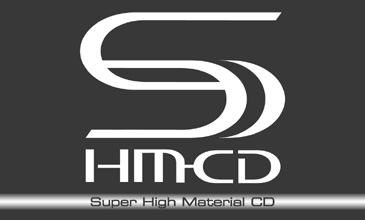
Płyty SHM-CD do odtworzenia we wszystkich typach czytników CD oraz DVD. Gwarantują niespotykaną wcześniej analogową jakość brzmienia, odwzorowują wszystkie walory taśmy-matki. Zdaniem specjalistów - ten nośnik i ta technologia najlepiej - bo natywnie, przenosi na krążek CD wszystkie walory nagrania analogowego.





























